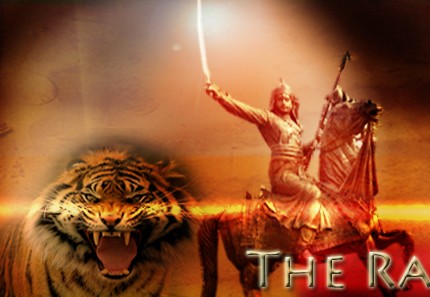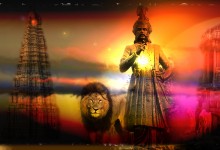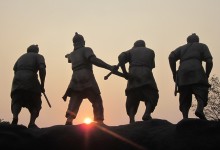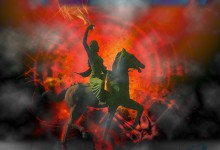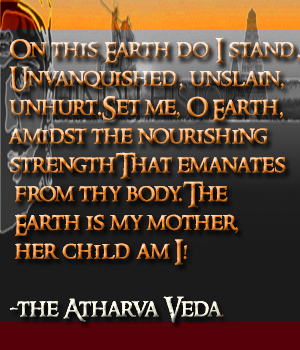Posts Tagged ‘marathas’
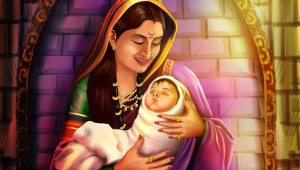
Jijabai: Eternal Mother Symbol of Faith and Courage
featured image by Shilpa Bhoir Jijabai was the mother of Shivaji, one of the most famous and successful Hindu Warrior Kings of all time. The life story of Jijabai, is no less inspiring than that of her prodigal son, and t...
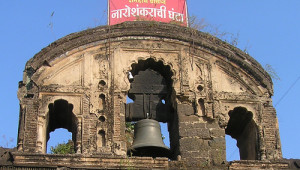
Church Bells of Vasai Fort
After the Marathas defeated the Portuguese in 1739 all the churches and building in the fort where captured by the Marathas. The bells from the churches were paraded, carried off on elephant backs as victory souvenirs. Number o...

The Worlds Longest ‘Unknown’ War
That audacious armada of the religion of Hijaz – Whose insignia reached every corner of the world Which learnt no obstruction from any fear Which felt no hesitation in Persian Gulf or faltered in the Red Sea Which vali...
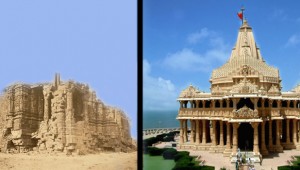
Battle of Somnath : Symbol of Unbroken Faith
Amidst the thundering roar of projectiles and arrows an old man stood silently – behind him the sacred temple of Somnath was in ruins with hordes of Turk horsemen riding over the dead bodies of the custodians of the holy ...
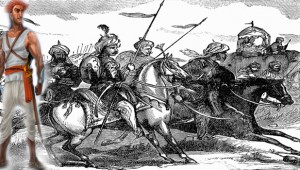
The Last Raid : Dying Embers of the Mughal Empire
In 1754 the Marathas arrived as the kingmakers in Delhi . The defeat and decline of the Imperial Mughal armies had led to the ethnic tensions between the ruling classes of the Mughals being the Iranis, the Turanis and the much ...
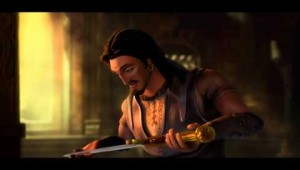
Sambhaji, The Paladin.3D Animation Short
There has been no other character in Maratha history that has been so enigmatic and controversial as Sambhajiraje Bhosale. Sambhaji or Shambhu raje as he was fondly called , was the eldest son of the legendary Shivaji Maharaj. ...
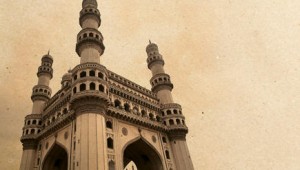
Akbaruddin Owaisi’s : 15 minutes of Fame hiding Historical Shame
Amidst the recent furore over the comments made by Akbarudddin Owaisi in Hyderabad it once again brought to the fore the residual prejudice and hatred lingering under the surface of otherwise educated and modern people. His boa...
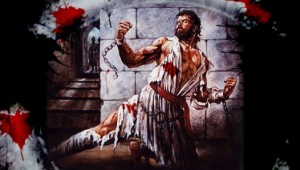
A Heroic Death that Changed the Course of Indian History
After the death of the great king Shivaji in 1680 the nascent Maratha kingdom faced a great challenge. The Moghul Emperor Aurungzeb had been confounded and defeated by the repeated battles with the Marathas and the high spirit ...
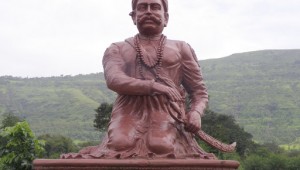
Mahadji Sindhia: Life and Times of a Dharmic Warrior
Amidst the fading light the bursts of gunfire and piles of the dead and dying a young man lay dying. Or at least he thought he was dying amidst the wreck of humanity with nearly sixty thousand warriors slain around him. The fie...

